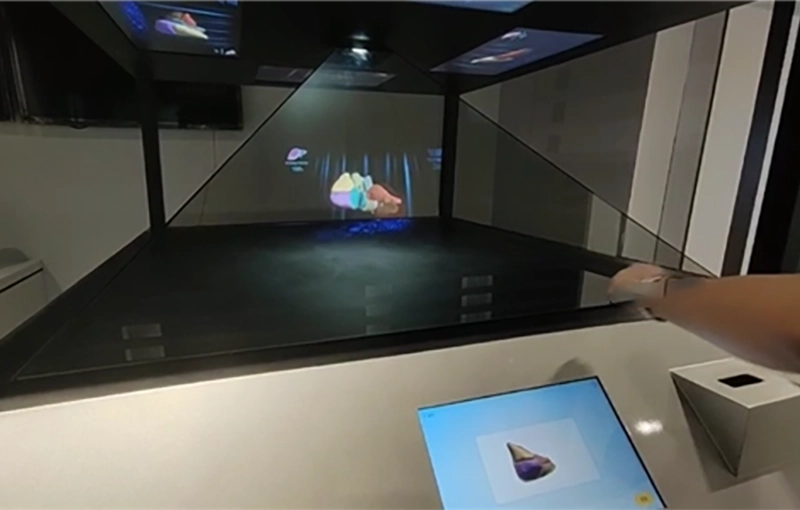LiDAR technology is making waves in the art world by enabling interactive art installations that blend physical and digital elements. By providing detailed spatial data, LiDAR enhances the interactivity and engagement of art experiences.

Introduction to LiDAR in Art
LiDAR technology captures 3D spatial data by emitting laser pulses and measuring their reflections. In the context of art installations, LiDAR can be used to map physical spaces and objects, creating interactive experiences that bridge the gap between the physical and digital worlds.
Creating Interactive Art
LiDAR enhances interactive art installations by enabling real-time interaction with physical environments. For example, artists can use LiDAR to map a gallery space and create installations that respond to visitors’ movements. This interaction can take various forms, such as visual projections, sound effects, or physical changes in the artwork.
Examples of LiDAR in Art
One notable example is an installation that uses LiDAR to track visitors’ movements and project dynamic visuals onto surfaces. As visitors move through the space, the visuals change in response, creating a unique and engaging experience. Another example is an installation that uses LiDAR to create a 3D map of a physical sculpture, which is then used to generate interactive digital elements.
Challenges and Solutions
Integrating LiDAR into art installations presents challenges, such as the complexity of processing spatial data and ensuring compatibility with different artistic concepts. However, advances in technology and software are making it easier for artists to incorporate LiDAR into their work, offering new creative possibilities.
Future Prospects
The future of LiDAR in interactive art is bright, with ongoing developments in technology and creative techniques. As LiDAR sensors become more advanced and affordable, their use in art installations is expected to grow, offering even more opportunities for innovative and interactive art experiences.
Conclusion
LiDAR is transforming interactive art installations by providing detailed spatial data that enhances engagement and creativity. Its ability to blend physical and digital elements is setting new standards for interactive art experiences, with exciting prospects for future developments.


